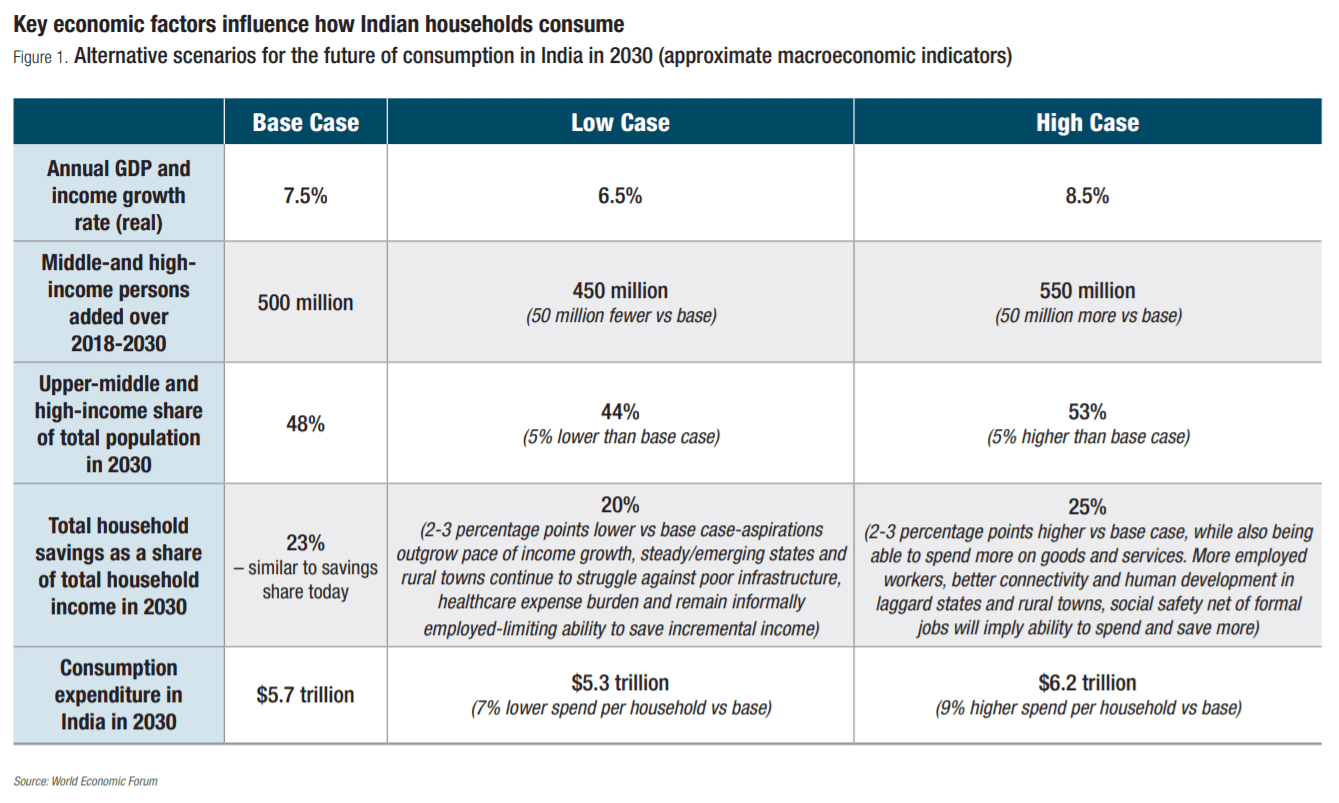Mobile technology has proven to be an effective enabler to value-conscious consumers who prefer to assess and evaluate before making an informed purchase decision. Mobile now provides the average Indian consumer with all the right price and product information. This has refined the decision-making process considerably and made shopping more accessible and convenient.
Interestingly, digitalisation has also empowered Indian consumers through the menu of engagement options, customising and personalising how they interact with their brands while enhancing their overall customer experience. While various e-commerce and social media platforms have leveraged “mobile-first” a real opportunity exists for traditional bricks and mortar operations to connect with the average Indian consumer.
It is expected that India will have one billion internet users by 2030 and this presents a unique opportunity set for businesses to reach such a large group of customers led by mobile-technology enabled consumption. The urbanHow mobile and digital adoption is reshaping the consumer landscape in India India is undergoing rapid transformation in terms of its digital adoption facilitated by favourable supply and demand side factors. These includes 4G rollout, low bandwidth costs and affordable mobile devices coupled with an increasingly-affluent population and widespread mobile technology adoption across key demographics. A “mobile-first” ecosystem is developing in the country that is transforming how Indians consume. rural divide becomes increasingly irrelevant in a “mobilefirst” context and the more discerning Indian consumer will seek to enhance his/her consumption basket.
Connected consumers will exhibit more on-the-go and experiential consumption. They will also demand a higher level of transparency as they compare offers. Similarly, location-based targeting that will be deployed across India at a scale not seen elsewhere in the world, should provide more insight in to consumer preferences and buying behaviour.

Clearly, organisations will have to disrupt their business model if they are to connect to their customers effectively. Given this ongoing disruption in consumption, businesses should be rethinking “mobilefirst” as a growth driver rather than a potential threat. It remains to be seen how far businesses will go in satisfying the average Indian consumer with new and emerging technologies within the digital umbrella constantly reshaping customer interactions.




All Comments